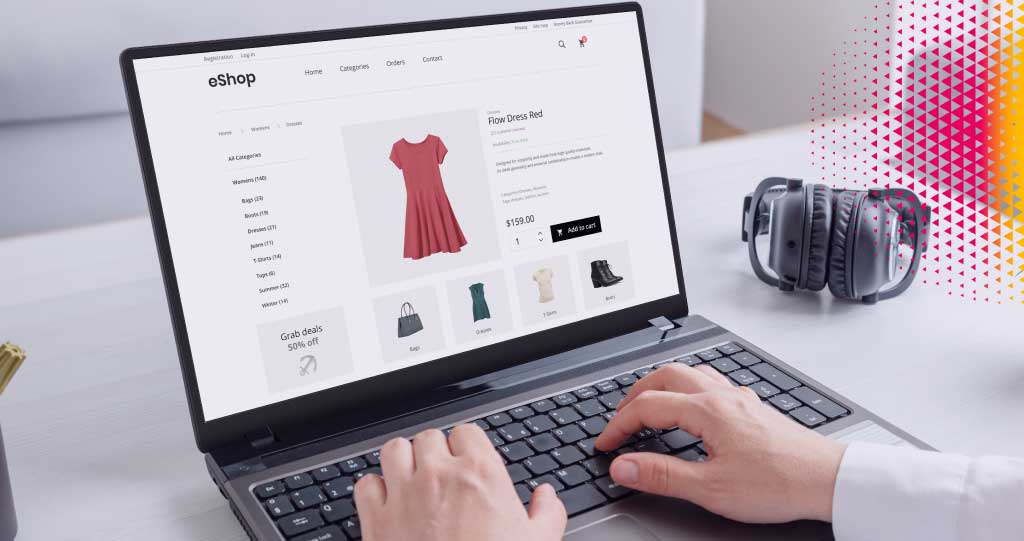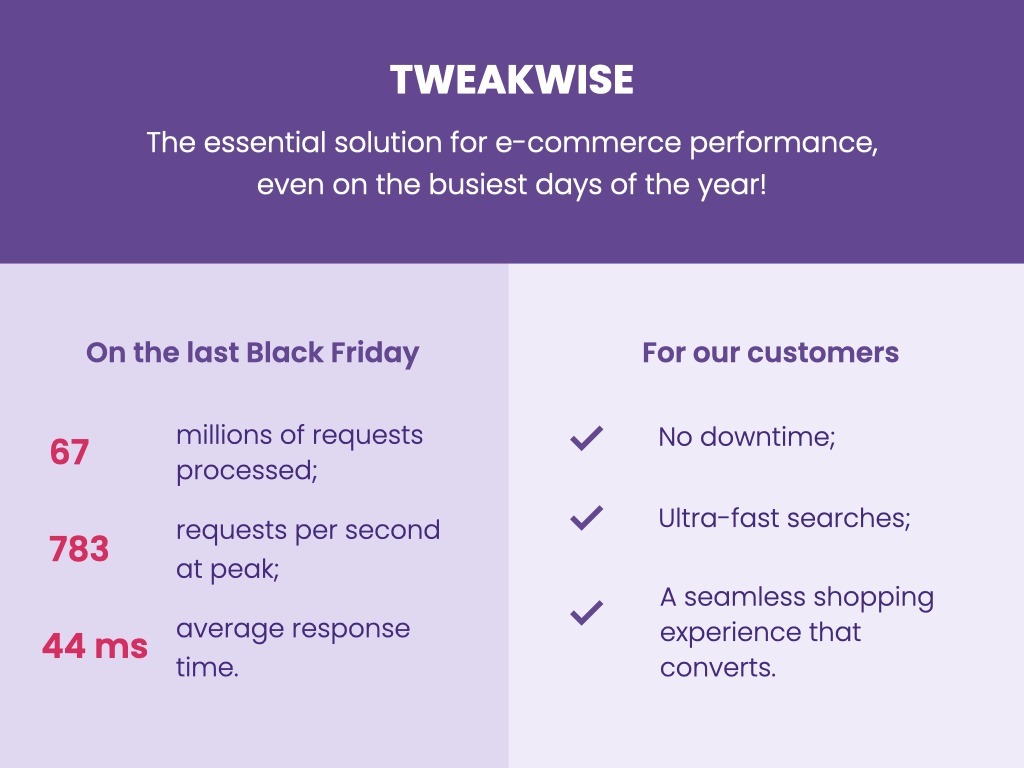What is the impact of cross selling on sales when driven by customer and product data?

Retail stores frequently grapple with stagnant sales and challenges in boosting customer value. Implementing a cross selling strategy informed by thorough analysis of product and customer data provides a decisive solution to these issues.
This article delves into the impact of cross-selling on sales and suggests ways to enhance campaign effectiveness by integrating AI with unified commerce.
Impact of cross selling on sales
Analyzing customer data to identify opportunities
Cross selling, a technique aimed at offering the right product at the optimal time, necessitates precise customer data analysis. Moving away from generic offers to tailor specific needs is crucial in this approach.
Each touchpoint (including website navigation, purchase history, and interactions with marketing) campaigns yields insights into purchasing behaviors, preferences, and customer needs. Tools integrated into unified management solutions facilitate meticulous customer segmentation by :
- Recognizing products frequently purchased together;
- Identifying prime opportunities for complementary sales;
- Assessing sensitivity to promotions.
For example, if a sports retailer observes that customers buying running shoes also show interest in connected accessories, they can adjust their additional offers accordingly. This transforms cross selling from a mere sales tactic to a personalized customer experience by leveraging clienteling and data.
Cross sell or upsell : which strategy should you choose for your e-commerce site? Discover more in this article!
Increasing sales through targeted strategies
To genuinely boost revenue, cross selling must be tailored to specific customer profiles and purchasing behaviors. By pinpointing key moments in the journey such as adding items to the cart or finalizing a sale retailers can strategically place complementary offers for maximum effect.
Successful cross-selling combines personalization with automation, ensuring customers receive relevant product suggestions without complicating their shopping experience. For instance, a cosmetics distributor might recommend a hydrating serum alongside an anti-aging cream purchase, or an electronics retailer could offer a warranty extension as a complementary service.
Tweakwise enhances this approach by optimizing search, navigation, and product suggestions, delivering a personalized, responsive shopping experience that fosters additional sales and conversions.

Personalization of the customer experience
Purchase history for relevant recommendations
Purchase history is a goldmine for understanding consumer habits and predicting needs. Analyzing which products are bought, how often, and in what context provides retailers with valuable insights for suggesting complementary products or services.
Utilizing this data effectively leads to intelligent product recommendations seamlessly integrated into the customer journey whether on the website, through personalized emails, or via an app with these suggestions being perceived as helpful rather than intrusive.
Through personalized marketing in unified commerce, brands enhance their image as attentive partners, encouraging customers to make complementary purchases and fostering long-term loyalty.
Adjusting offers based on behavioral preferences
Clicks, time spent on pages, and viewed products act as indicators of purchase intentions, enabling real-time adjustments to product suggestions. This allows retailers to tailor offers to fit the browsing context for instance, encouraging a customer who frequently peruses the hiking category without purchasing to buy a promotional package including shoes, a backpack, and poles.
Artificial intelligence enhances e-merchandising by ensuring a highly personalized e-commerce experience, with dynamic product suggestions that align with prospect behaviors. This marks the B2Me revolution, centered on maximizing personalization through unified data.
Tweakwise facilitates retailers’ shift towards greater personalization, offering automatic orchestration of product recommendations and merchandising, and leveraging behavioral data to continually refine product displays.
Evaluating the performance of cross-selling techniques
Key indicators for measuring cross-selling success
The efficiency of cross selling techniques can be gauged through several key indicators:
- An increase in average basket value showcases the impact of complementary offers on each transaction, providing a clear picture of the revenue generated by these sales.
- The recommendation conversion rate assesses the relevance of product suggestions—the higher the rate, the better the additional sales meet customer needs.
- Monitoring repurchase rates and customer lifetime value helps determine if additional product sales enhance long-term customer relationships.
- The return on investment for cross selling campaigns gives an overall view of the profitability of these efforts.
Additionally, some retailers track the adoption rate of complementary products and the Net Promoter Score post-campaign to ensure the experience remains positive.
Analysis tools to optimize campaigns and adjust strategies
After implementation, the success of cross selling techniques relies heavily on the intelligent use of data. Analysis tools are pivotal in gathering and interpreting information from all touchpoints to present a unified view of the customer journey. Business Intelligence solutions and analytics modules identify, among other factors:
- The products that lead to the highest additional sales;
- The customer segments most receptive to cross selling;
- Key moments within the purchase journey.
Machine learning and algorithms continuously refine suggestions as new data comes in, learning from past behaviors to forecast future actions for more relevant campaigns.
Tweakwise excels in advanced data analysis and real-time recommendation management, automatically adjusting cross-selling scenarios based on performance and providing valuable insights for strategy optimization.

Effective strategies to maximize the impact of cross-selling techniques
Consistent communication
For cross selling to make a substantial impact, it must offer a seamless customer experience. A suggestion on the e-commerce site is more effective when:
- Reinforced by a personalized email;
- Verified in-store by a sales associate equipped with the same data;
- Augmented by a timely mobile notification.
This fluidity bolsters the message’s credibility and ensures the personalization of the customer experience both online and in store. It depends on a robust technology that centralizes data from each touchpoint and automates marketing actions.
Such integration provides teams with a holistic view of the customer journey, presenting a consistent message across all channels and enhancing the relevance of offers while maximizing conversion potential.
The importance of customer feedback
Customer reviews, satisfaction surveys, and service interactions provide insights into how propositions can be improved. This active feedback helps fine-tune campaigns, such as removing suggestions deemed intrusive.
Analyzing feedback often uncovers sales trends not immediately apparent in the data:
- A repeatedly ignored complementary product;
- A misunderstood offer;
- A highly favored product pairing.
Incorporating the customer’s voice into strategy demonstrates the company’s commitment to buyer needs. This consideration fosters trust between the brand and the customer, turning additional sales into a valuable mechanism.
The benefits of cross-selling
Increase in average basket size;
Personalisation of offers;
Improvement in repurchase rate;
Better use of data;
Promotion of complementary products;
Accurate performance monitoring via KPIs;
Seamless and consistent omnichannel experience.
To maximize the value of every customer interaction, surpassing generic offers is essential. Data-driven and personalized cross selling turns product suggestions into powerful growth tools, enhancing both business revenue and customer experience.
Through the integration of data, sophisticated analysis tools, and ongoing adjustments, retailers can craft more effective campaigns and secure lasting results.
Frequently asked questions
What are the advantages of cross selling for businesses?
Implementing cross selling techniques brings several advantages, such as increasing the average basket value and improving profitability. By offering suitable complementary products, it enhances 360° customer loyalty. This commercial approach improves the company’s revenue, whether from regular purchases or higher-value products.
Which types of products are best suited for cross selling?
Technical products, complementary accessories, and recurring consumption items are well-suited for cross selling. Offering an additional service, such as a warranty, also works very well, especially for a higher-value item. In retail, associating a personalized service with the sale enhances the perceived value for prospects.
What are the differences between cross selling and upselling?
Cross selling consists of offering complementary products to those in the initial sale, while upselling aims to encourage the customer to buy a more expensive or enhanced version of the initial product. Both techniques aim to increase the average basket value but are applied in different sales contexts.
How to implement an effective cross selling strategy?
For an effective cross selling strategy, businesses must analyze customer data to propose relevant offers. For instance, pairing a useful accessory with a primary purchase increases the basket value and thus the revenue.





